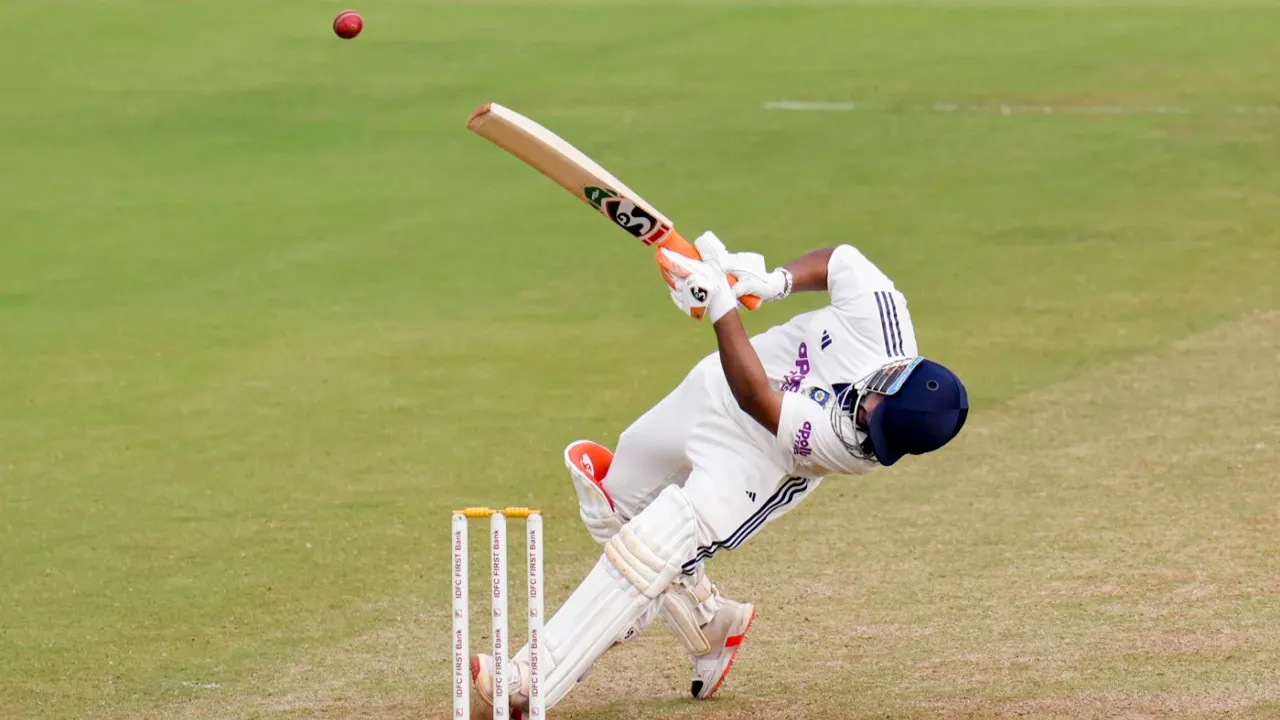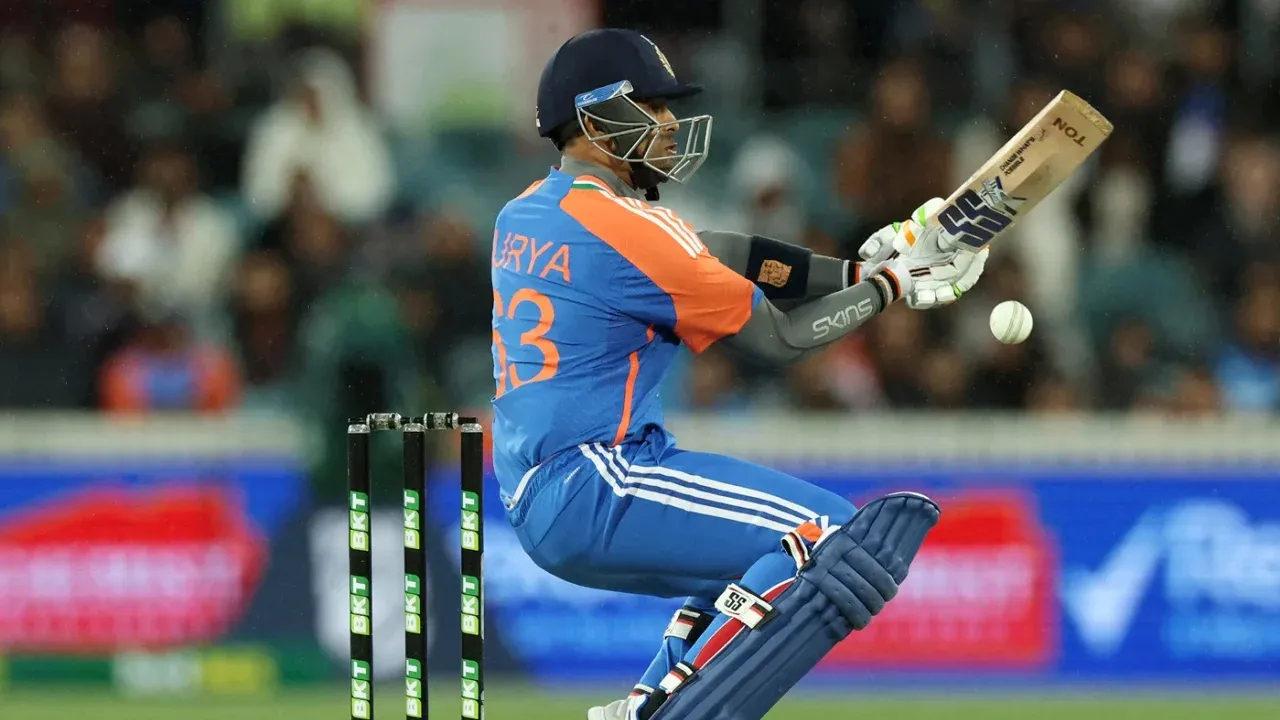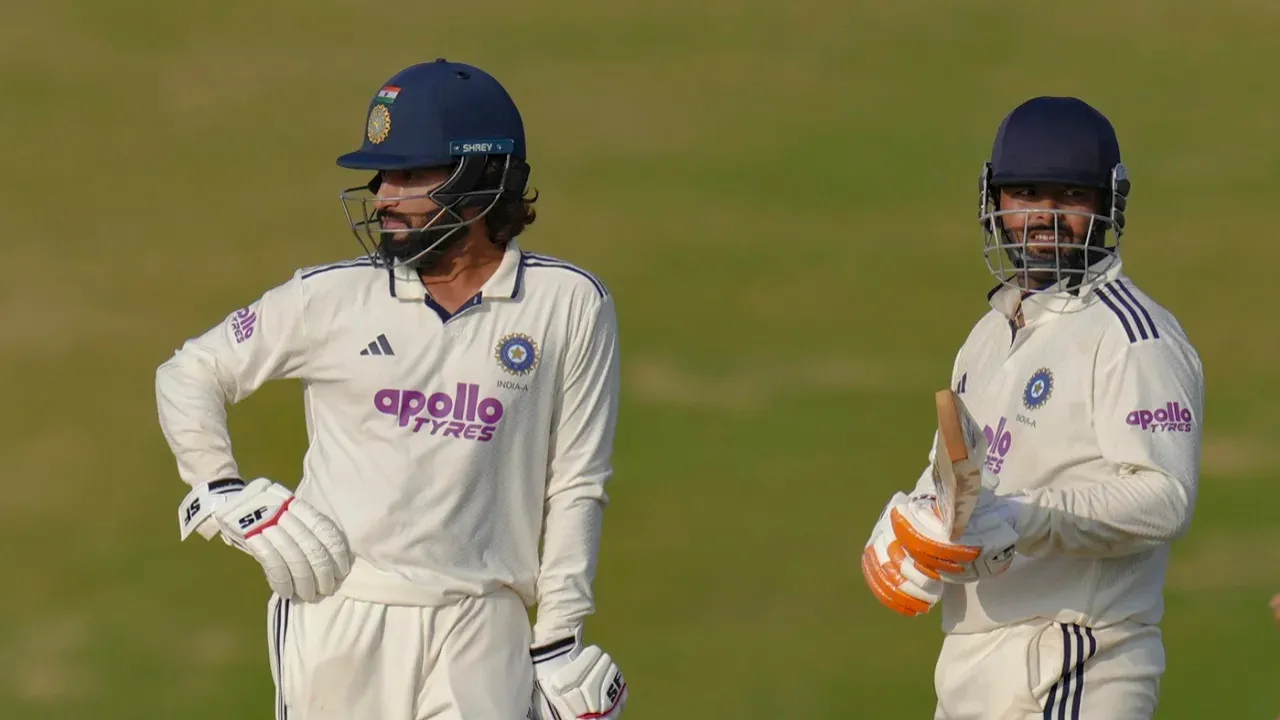I don’t know why Sundar is batting below: the Axar Patel debate explained
India’s recent T20 series against Australia produced more than just exciting cricket — it reopened a long-running conversation about how India uses its batting-allrounders. After Washington Sundar’s blistering 49* off 23 in Hobart, former Australian seamer Jason Gillespie questioned why Sundar was batting below Axar Patel in the lineup. That remark — and the performances that prompted it — have put Axar Patel squarely at the centre of the debate about balance, role and T20 batting order flexibility.
Below I unpack what’s happened, why the question matters, and how Axar Patel fits into India’s plans — using the latest facts from the series and expert commentary.
Why this comment gained traction
Washington Sundar’s 49* in the third T20I (Hobart) was a statement innings: quick, controlled, and decisive in a successful chase of 187. That performance prompted critics and former players to ask whether Sundar should bat higher in the order. Jason Gillespie’s blunt line — “I don’t know why he is batting below Axar Patel” — captured that sentiment and made the discussion mainstream.
The reason it resonated is twofold. First, Sundar has shown genuine finishing ability in white-ball cricket and now has a high-profile T20 knock to back that claim. Second, Axar Patel and Washington Sundar effectively compete for overlapping roles: left-arm spin + lower-order batting depth. When one of them has a match-winning batting cameo, it naturally prompts re-evaluation of the pecking order.
Who is Axar Patel and what does he bring?
Axar Patel: the profile
Axar Patel is a left-arm orthodox spinner and a reliable lower-order batter for India. He has built a reputation for being steady with the bat in pressure situations, often providing crucial runs and rotating strike in the 6–8 slots. He offers control with the ball, clever variations, and the batting temperament to close out games when needed.
Role clarity
India has often used Axar Patel as a stabiliser: he bowls in the middle overs to apply control and chips in with useful runs late. That role is especially valuable in subcontinental conditions where his left-arm spin gets traction. However, T20 is a format where strict role definitions blur — a player who stabilises can also be an impact hitter depending on the situation. Balancing those two potential uses is the selection puzzle India must solve.
Why Washington Sundar’s innings matter
Sundar’s Hobart knock was not merely quick: it showed he can handle pace, rotate the strike, and hit boundaries under pressure against a strong Australian attack. For those who saw the innings, the obvious question was whether he should be promoted to a spot where he gets more opportunities to influence games. That’s what Gillespie and other commentators were hinting at — not a dismissal of Axar, but a suggestion that the batting order could be more fluid.
The tactical arguments: Why keep Axar above Sundar?
There are valid reasons to keep Axar Patel ahead of Sundar in the order.
1. Proven international batting record
Axar has a track record of scoring useful runs for India at No. 6–8 across formats. While Sundar is talented, Axar’s international experience and prior contributions make him a safer bet in certain match contexts.
2. Bowling-batting balance
When India selects two all-rounders who double as frontline spin options, the captain and selectors often juggle who bats where to preserve bowling depth and matchup advantages. Axar’s left-arm spin offers a different angle that captains may want in the 1–2 spin overs, and his batting slot may reflect that strategic preference.
3. Match-ups and conditions
Selectors sometimes choose batting positions based on opposition, venue and likely match-ups. Axar has historically been effective in subcontinental conditions; the team management might prefer keeping him in a known role while testing Sundar’s finishing role selectively.
The counter-argument: why Sundar deserves a look higher up
Those advocating for Sundar’s promotion point to form, finishing instinct and technique against pace. A player in red-hot form deserves more opportunities; a consistent scoring role higher in the order would maximize Sundar’s match impact. Also, T20 success often hinges on exploiting in-form players rather than sticking strictly to pre-set roles.
What selectors and management will weigh
Team management typically balances short-term form with long-term plans. Ahead of major tournaments (T20 World Cups, Champions Trophy, etc.), they will test combinations but avoid disruptive changes unless a clear long-term benefit emerges.
Morne Morkel, India’s coach, and the BCCI medical/selection staff also factor in workload, player fitness and the need to prepare a flexible bench. These realities mean hairsplitting between two similar all-rounders often comes down to match situation and tournament planning rather than a single great innings.
What this means for Axar Patel
For Axar Patel, the conversation is a reminder that pecking order is not a personal verdict — it’s a strategic choice. He remains a key piece for India: a left-arm spinner who can bat and hold an innings together. The best way for Axar to respond is simple cricketing logic — perform in the opportunities he’s given, keep contributing with both ball and bat, and let the selection dilemma solve itself on merit.
Bottom line: flexibility is the modern answer
The Sundar–Axar debate shows modern cricket’s central truth: flexibility wins. Teams that can shuffle roles, promote in-form players and preserve bowling depth tend to fare better in T20s. Whether Sundar should bat above Axar Patel in all conditions is unlikely to become a blanket rule. Instead, expect India’s management to remain pragmatic — promote Sundar when his form and the match situation demand it, and keep Axar in roles where his steady, match-finishing skillset is needed.
Also Read: Kranti Gaud recreates Hardik Pandya’s iconic pose





































“You can’t do that after 10 balls”: Kumble slams Rishabh Pant’s dismissal